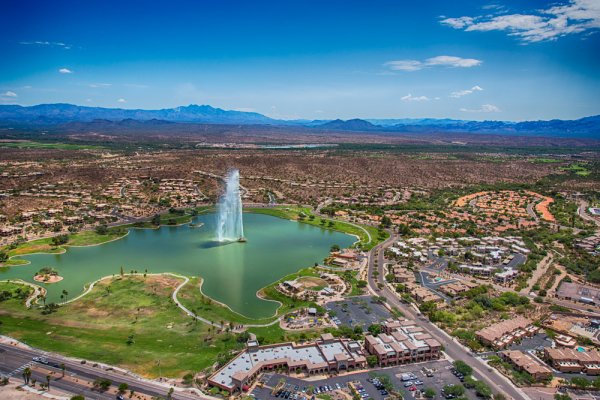I did not know about the severity of water shortage in my state either until recently. It's always in the news, but people brush it off as "somebody else's problem", until their own faucet runs dry.
It's amazing how the developers think they can build a city for 1,000,000 people without knowing where to get water for them.
I just learned of a place much smaller called Rio Verde, with a population of 2,300 in 4 sq.mi. It's an unincorporated community north of Scottsdale. Zillow shows many multi-million dollar homes there. Yet, they have no water, except for some home owners that got a well that works. The rest needs to have water trucked in from Scottsdale. And Scottsdale is going to cut them off because of water shortage.
In the video below, a home owner describes a neighbor who spent $80K to drill a well down 1,300 ft, and hit no water!
Bleak!

